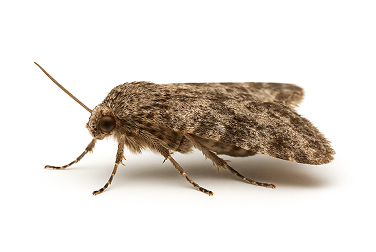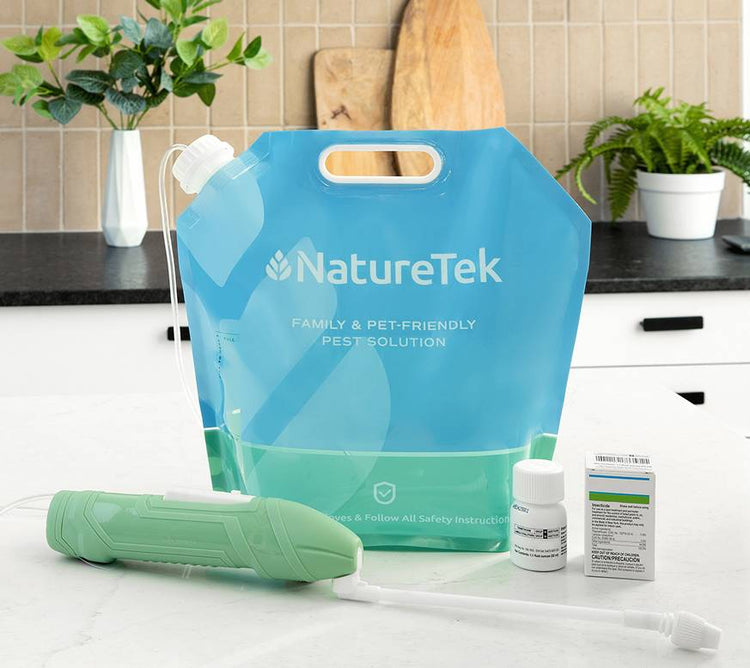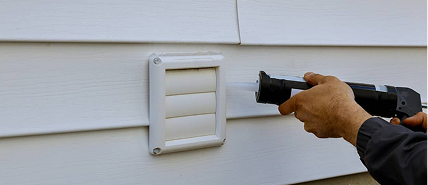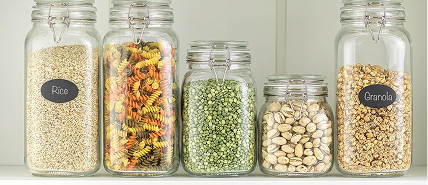Moths
Moths can be highly destructive household pests, ruining clothing, upholstery, and contaminating stored food. Clothes moths chew through fabrics like wool and silk, while pantry moths infest dry goods, making them unsafe to eat. Left unchecked, infestations can spread quickly and cause costly damage. This guide provides effective strategies to eliminate moths and prevent them from returning.

Here are some of the most common moth species found across households in the United States.
-
Armyworm Moths

-
Clothes Moth

-
Gypsy Moth

-
Indian Meal Moth

-
Luna Moth

-
Webbing Clothes Moth


Antennae: Thread-like or feathery, often distinguishing them from butterflies (which have clubbed antennae).
Size: Ranges from tiny (¼ inch, like clothes moths) to large (over 4 inches, like luna moths).
Body Shape: Slender or stout-bodied, with a fuzzy or scaly appearance.
Color: Varies by species—often brown, gray, or tan for indoor pests; some species have bright colors or patterns.
Wings: Typically held flat over the body when resting; some moths have eye spots or intricate markings.
Activity: Mostly nocturnal, attracted to light sources, though some species are active during the day.
You can use the following model to help you identify an armyworm moths .












































































































